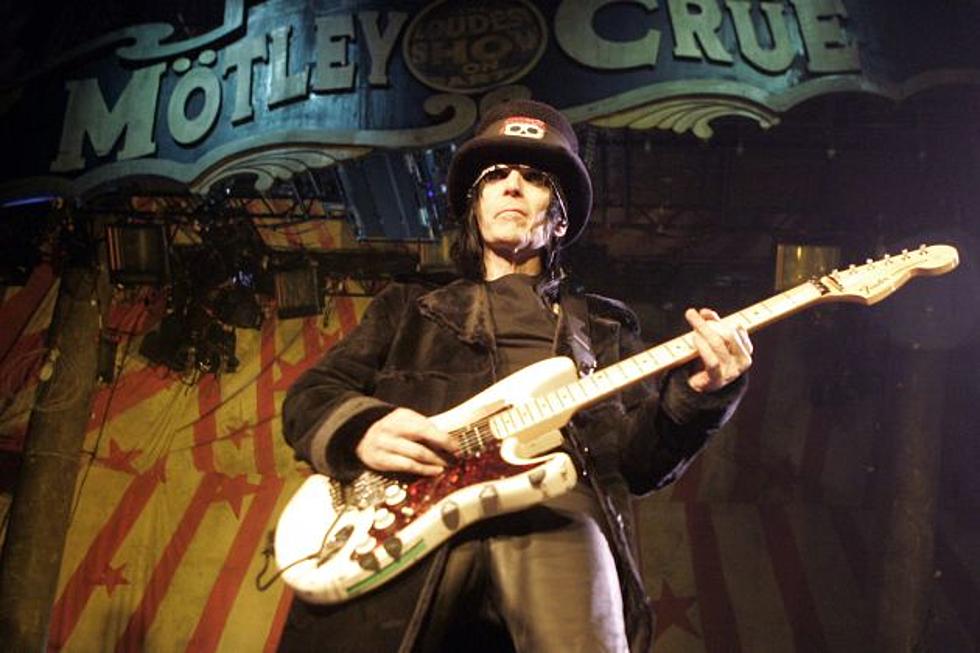
Motley Crue’s Mick Mars Shares His Guitar Collection + History
Serving as lead guitar player for Motley Crue, Mick Mars has gone through a ton of guitars throughout his career. He recently shared some stories about his huge guitar collection in an interview with Guitar World. He mentioned some old favorites, how he felt about the pointy guitars of the '80s, and what his favorite guitars are now.
Through the Crue’s early days, the lead guitarist played a black 1972 Les Paul Custom. This guitar was used to record albums ‘Too Fast for Love’ and ‘Shout at the Devil.’ He loved that guitar, but he doesn’t own it now. It’s hanging in a Hard Rock Café in Hollywood, Fla. “I didn’t want to let go of that guitar, but I was forced to do it,” said Mars.
During the 1980s, Mars was inundated with pointy “heavy metal” guitars that were endemic of the period. None of them worked for him, and he said that he hated them in general. “Companies kept giving me all of these different guitars to try, and I would end up trying to break them,” said Mars. “Now they’re all either kindling or I sold them off long ago.”
The Motley Crue guitarist started playing Fender Stratocasters in the 1990s. He used one to record with Crue for the first time in 1994, on their self-titled album with singer John Corabi. It was made of parts from a ’63, a ’64 and a ’65 Strat. He added some humbuckers and a Floyd Rose tremolo, and has loved playing it ever since. It’s still in use, both in the studio and on stage.
During the late '90s, financial troubles led Mars to sell many of his guitars. He’s since been rebuilding his collection. Now he has around 100 guitars, and is still adding more. Most, if not all of them, have been or will be used in the studio with him.
“In the studio I go for a lot of different tones. I never record an album using just one guitar and one amp. Sometimes I’ll start a track with a stock Strat and do overdubs with something funky, like an old Harmony,” Mars said. “I like to put something that sounds trashy behind something that sounds really good. That makes the track jump. I’ll use just about any guitar you can imagine in the studio. It’s all about what you do with the different tones and how you mix and match them.”
More From Noisecreep









